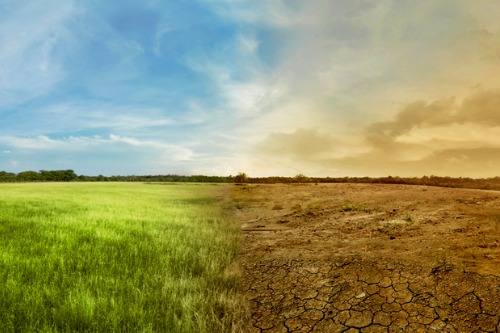

The Insurance Bureau of Canada (IBC), together with the Federation of Canadian Municipalities (FCM), has released a new report that looks into local climate adaptation investments.
According to the report, entitled “Investing in Canada’s Future: The Cost of Climate Adaptation at the Local Level,” municipalities will have to spend a total of $5.3 billion per year on climate adaptation initiatives. That amount is roughly the equivalent of 0.26% of Canada’s national GDP.
IBC noted in its report that investments in resilient infrastructure have a return on investment of $6 in future averted losses for every $1 spent proactively. IBC also suggests that all future research and analysis by all levels of government should consider “innovative” ways private sector capital can be used to support improved community resilience.
The report also found that Canada’s eastern and northern regions are the ones most in need of adaptation investments. Flooding, erosion, and melting permafrost are the greatest risks in those regions. In terms of infrastructure, local buildings, dikes and roads were the things in most need of resilience upgrades.
“When homes, businesses, farmland, and public infrastructure are hurt by extreme weather events, Canadians feel it in their communities first. Municipal leaders are prioritizing resiliency in their towns and cities, but there’s more we can and must do,” commented FCM president Bill Karsten.
“Across the country, Canadians are feeling the devastating impacts of climate change as the financial and emotional costs continue to rise,” remarked IBC president and CEO Don Forgeron.”Governments need to collaborate in funding the resilient infrastructure needed to protect Canadians from flooding, wind and wildfires.”
